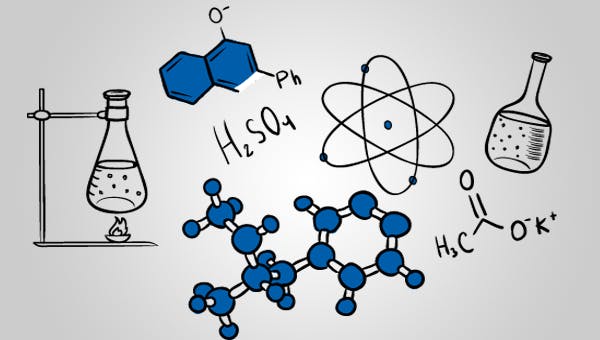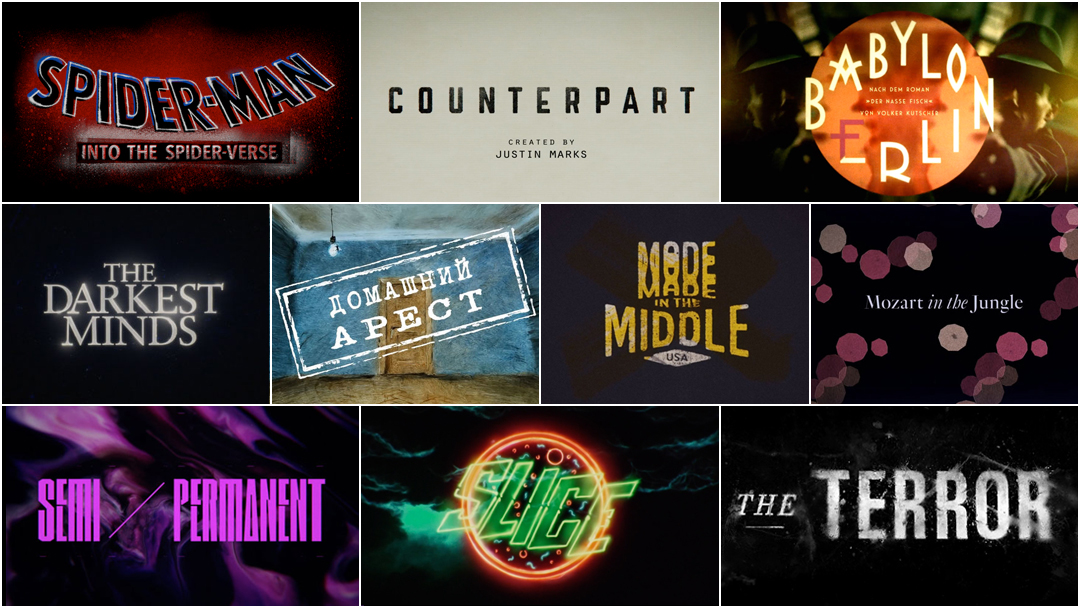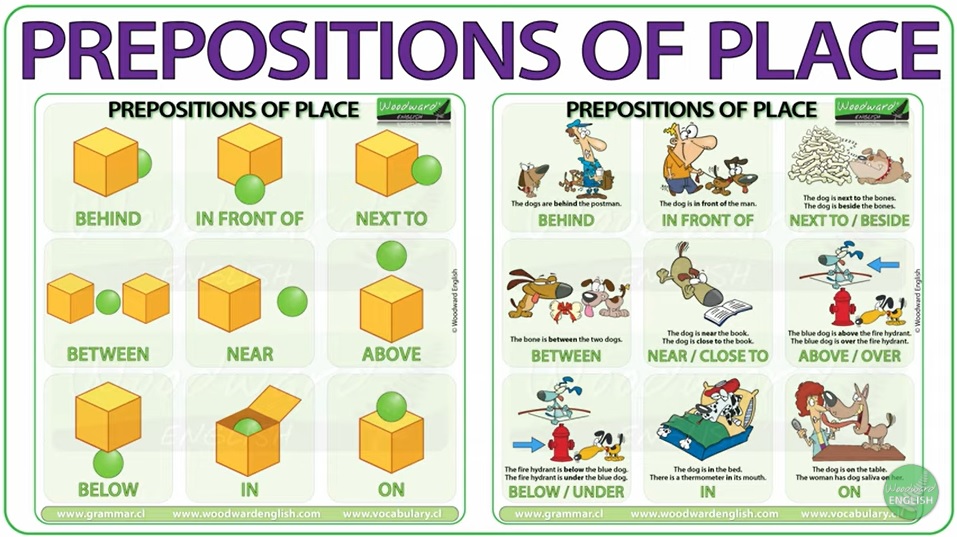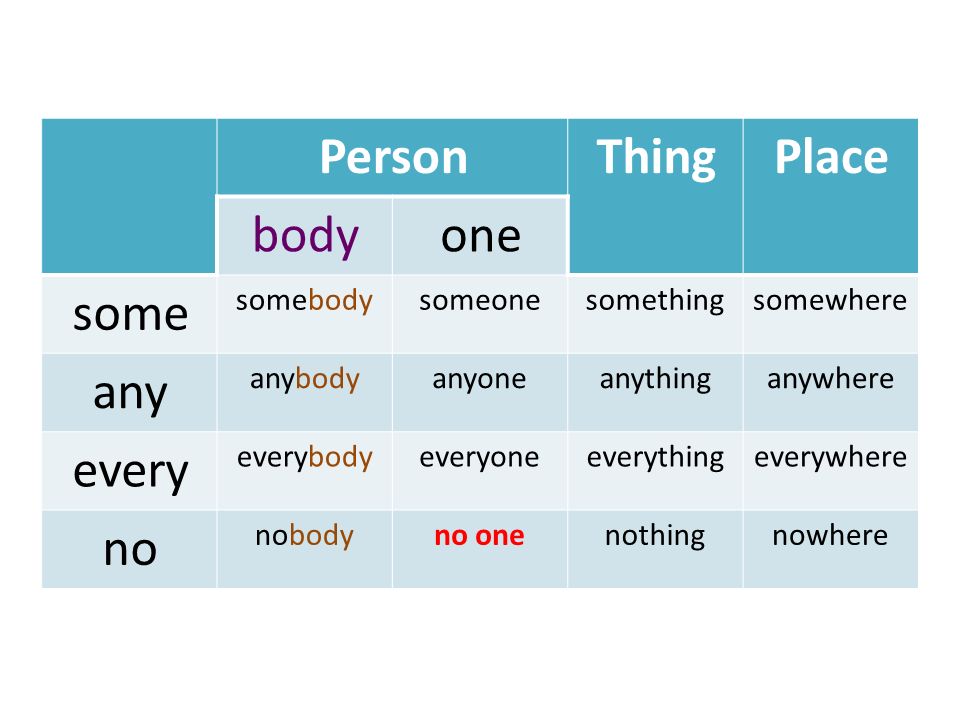Stanley's International Restaurant is a very special place. Every day Stanley cooks a different kind of food. On Monday he cooks Italian food. On Tuesday he cooks Greek food. On Wednesday he cooks Chinese food. On Thursday he cooks Puerto Rican food. On Friday he cooks Japanese food. On Saturday he cooks Mexican food. And on Sunday he cooks American food.
- Stanley's International Restaurant.
- What kind of food does Stanley cook on Monday?
- On Monday he cooks Italian food.
- Thank you.
- Stanley's International Restaurant.
- What kind of food does Stanley cook on Wednesday?
- On Wednesday he cooks Chinese food.
- Chinese food?
- Yes, that's right.
- Thank you
- Stanley's International Restaurant.
- Does Stanley cook Greek food on Tuesday?
- Yes, he does.
- Thank you.
- Stanley's Restaurant
- Does Stanley cook Puerto Rican food on Thursday?
- Yes, he does.
- Thanks.
- Does Stanley cook Japanese food on Sunday?
- No, he doesn't.
- When does he cook Japanese food?
- He cooks Japanese food on Friday.
- Excuse me?
- Yes, ma'am.
- I have a question. Does Stanley cook Chinese food on Monday?
- No, he doesn't.
- When does he cook Chinese food?
- He cooks Chinese food on Wednesday.
- I see. Thank you.
- Excuse me, sir. We're filming a comercial for Stanley's restaurant. May I ask you one or two questions?
- Certainly, go right ahead.
- ROLLING
- Do you go to Stanley's restaurant on Wednesday?
- Yes, I do.
- Why?
- Because I like Chinese food.
- Thank you very much, sir.
- My pleasure.
- Excuse me. We're filming a comercial.
- A comercial? You mean a TV comercial?
- Yes, may I ask you one or two questions?
- Sure.
- ROLLING
- Do you go to Stanley's restaurant on Sunday?
- No, I don't.
- Why not?
- Because I don't like American food.
- I see. Well, thank you anyway.
- Excuse me, sir. We're doing a comercial. May I ask you a few questions?
- Sure.
- What kind of food do you like?
- I like Russian food.
- When do you go to Stanley's restaurant?
- I don't go there.
- Why not?
- Because Stanley doesn't cook Russian food.
- Cut!
- Stanley doesn't cook Russian food?
- No, he doesn't.
- No, he doesn't.
- Thanks anyway.
- No problem.
- Stanley, your restaurant is a very special place.
- Thank you.
- What do people do at Stanley's restaurant?
- On Monday they speak Italian, eat Italian food, drink Italian wine, and listen to Italian music. On Tuesday, they speak Greek, eat Greek food, drink Greek wine, and listen to Greek music. On Wednesday, they speak Chinese, eat Chinese food, drink Chinese... (the reporter cuts him off)
- Thank you, Stanley. Yes, Stanley's International restaurant is a very special place. So, come on over to Stanley's restaurant, the international restaurant, where Stanley cooks a different kind of food every day. Ok?
- It's a wrap.
- It's a wrap?
- Yes, we're finished.
- It's a wrap!
Grammar
Simple present tense
The simple present tense is one of several forms of present tense in English. It is used to describe habits, unchanging situations, general truths, and fixed arrangements. The simple present tense is simple to form. Just use the base form of the verb: (I take, you take, we take, they take) The 3rd person singular takes an -s at the end. (he takes, she takes)
The simple present tense is used:
- To express habits, general truths, repeated actions or unchanging situations, emotions and wishes:
I smoke (habit); I work in London (unchanging situation); London is a large city (general truth) - To give instructions or directions:
You walk for two hundred meters, then you turn left. - To express fixed arrangements, present or future:
Your exam starts at 09.00 - To express future time, after some conjunctions: after, when, before, as soon as, until:
He'll give it to you when you come next Saturday.
Be careful! The simple present is not used to express actions happening now.
Examples
- For habits
He drinks tea at breakfast.
She only eats fish.
They watch television regularly. - For repeated actions or events
We catch the bus every morning.
It rains every afternoon in the hot season.
They drive to Monaco every summer. - For general truths
Water freezes at zero degrees.
The Earth revolves around the Sun.
Her mother is Peruvian.
- For instructions or directions
Open the packet and pour the contents into hot water.
You take the No.6 bus to Watney and then the No.10 to Bedford. - For fixed arrangements
His mother arrives tomorrow.
Our holiday starts on the 26th March - With future constructions
She'll see you before she leaves.
We'll give it to her when she arrives.
Forming the simple present tense: to think
| Affirmative | Interrogative | Negative |
|---|
| I think | Do I think? | I do not think |
| You think | Do you think? | You do not think |
| He thinks | Does he think? | He does not think |
| She thinks | Does she think? | She does not think |
| It thinks | Does it think? | It does not think |
| We think | Do we think? | We do not think. |
| They think | Do they think? | They do not think. |
Notes on the simple present, third person singular
- In the third person singular the verb always ends in -s:
he wants, she needs, he gives, she thinks. - Negative and question forms use DOES (= the third person of the auxiliary 'DO') + the infinitive of the verb.
He wants ice cream. Does he want strawberry? He does not want vanilla. - Verbs ending in -y : the third person changes the -y to -ies:
fly --> flies, cry --> cries
Exception: if there is a vowel before the -y:
play --> plays, pray --> prays - Add -es to verbs ending in:-ss, -x, -sh, -ch:
he passes, she catches, he fixes, it pushes
Examples
- He goes to school every morning.
- She understands English.
- It mixes the sand and the water.
- He tries very hard.
- She enjoys playing the piano.




































